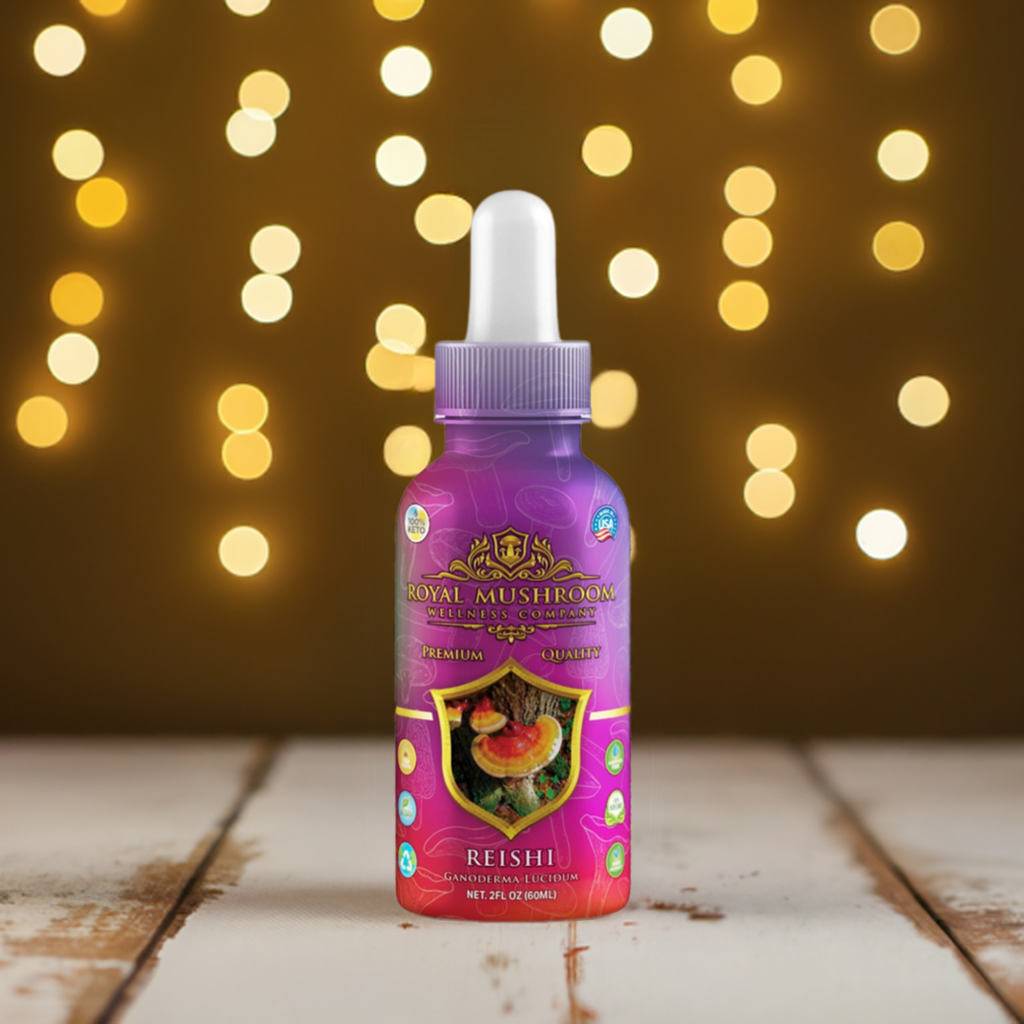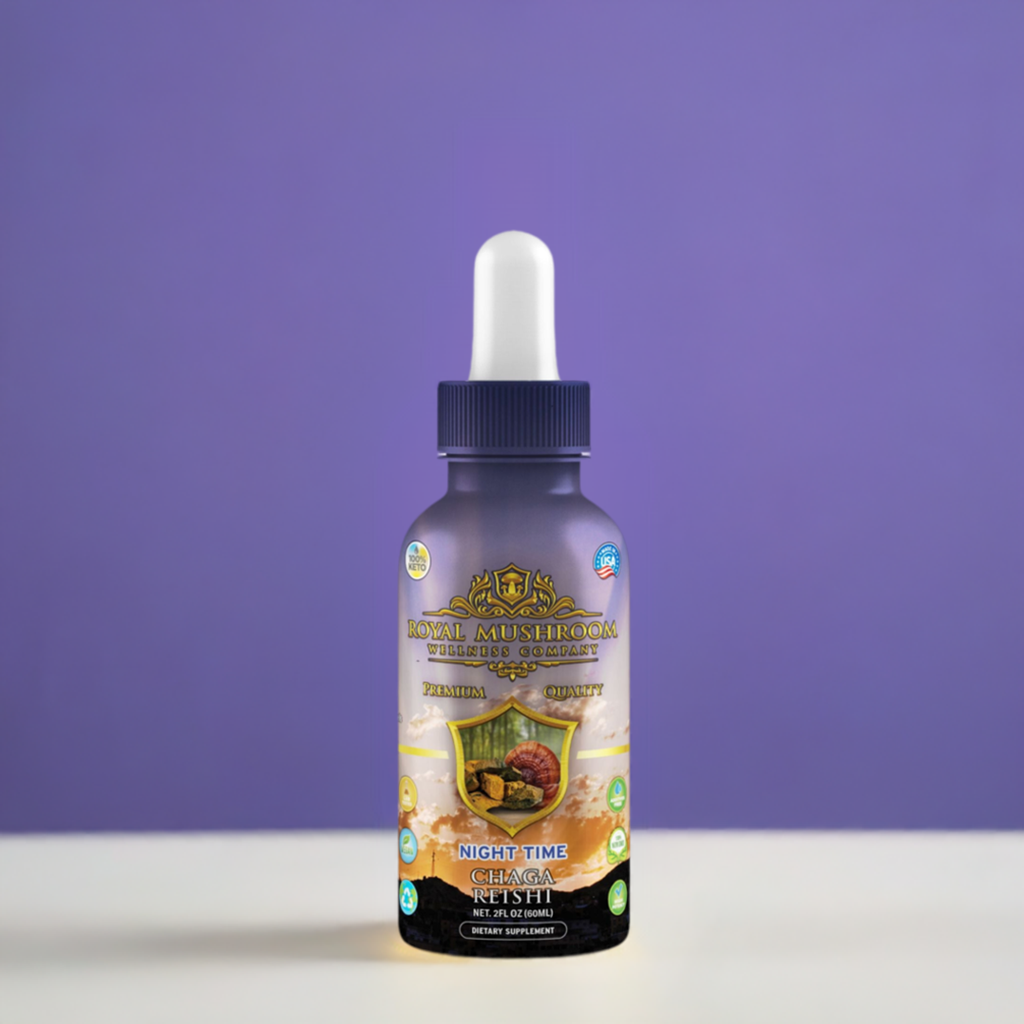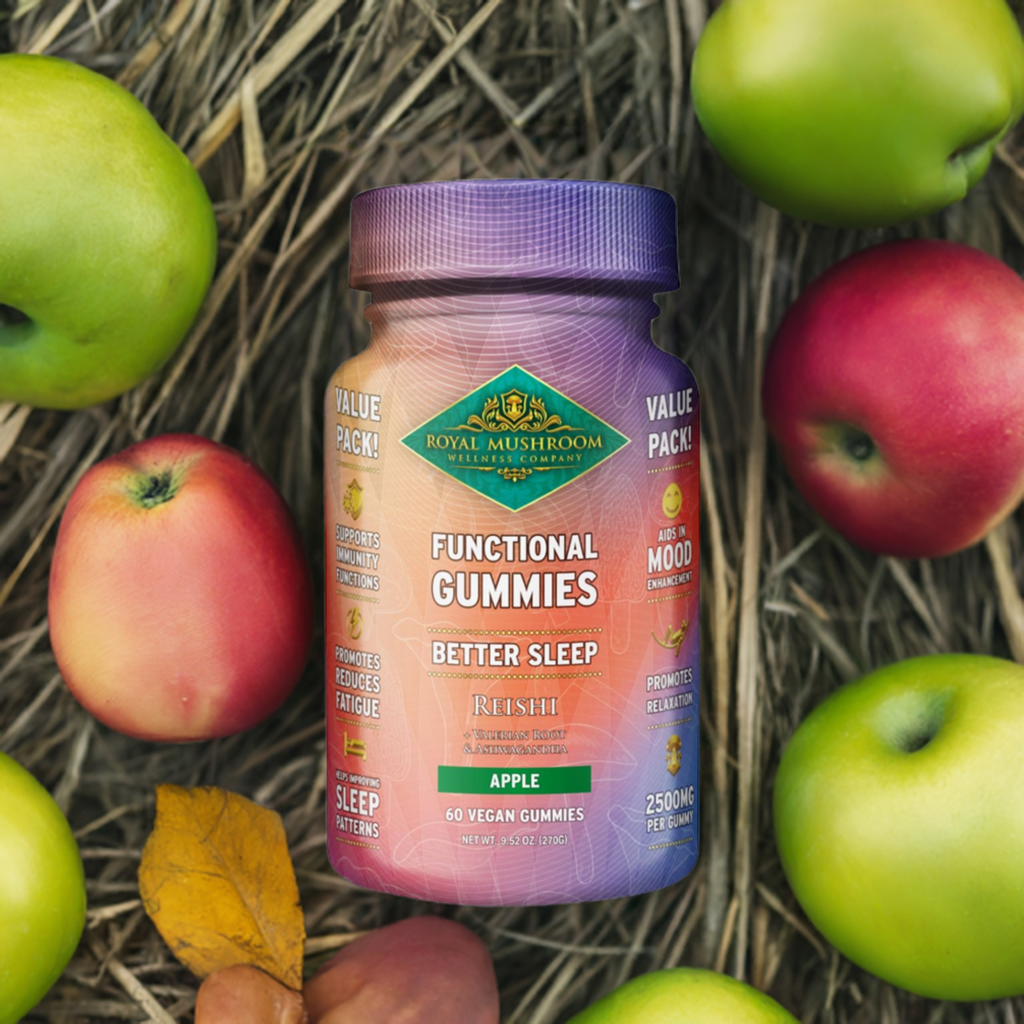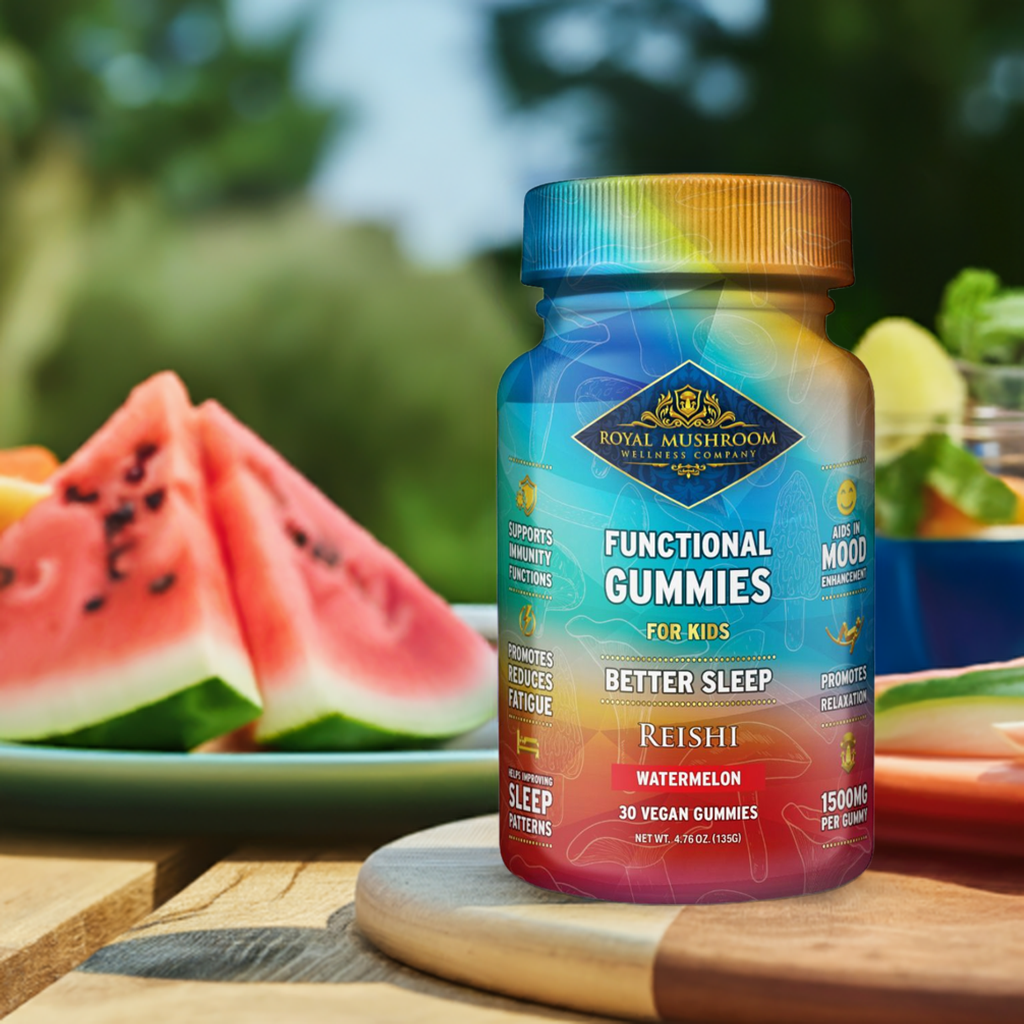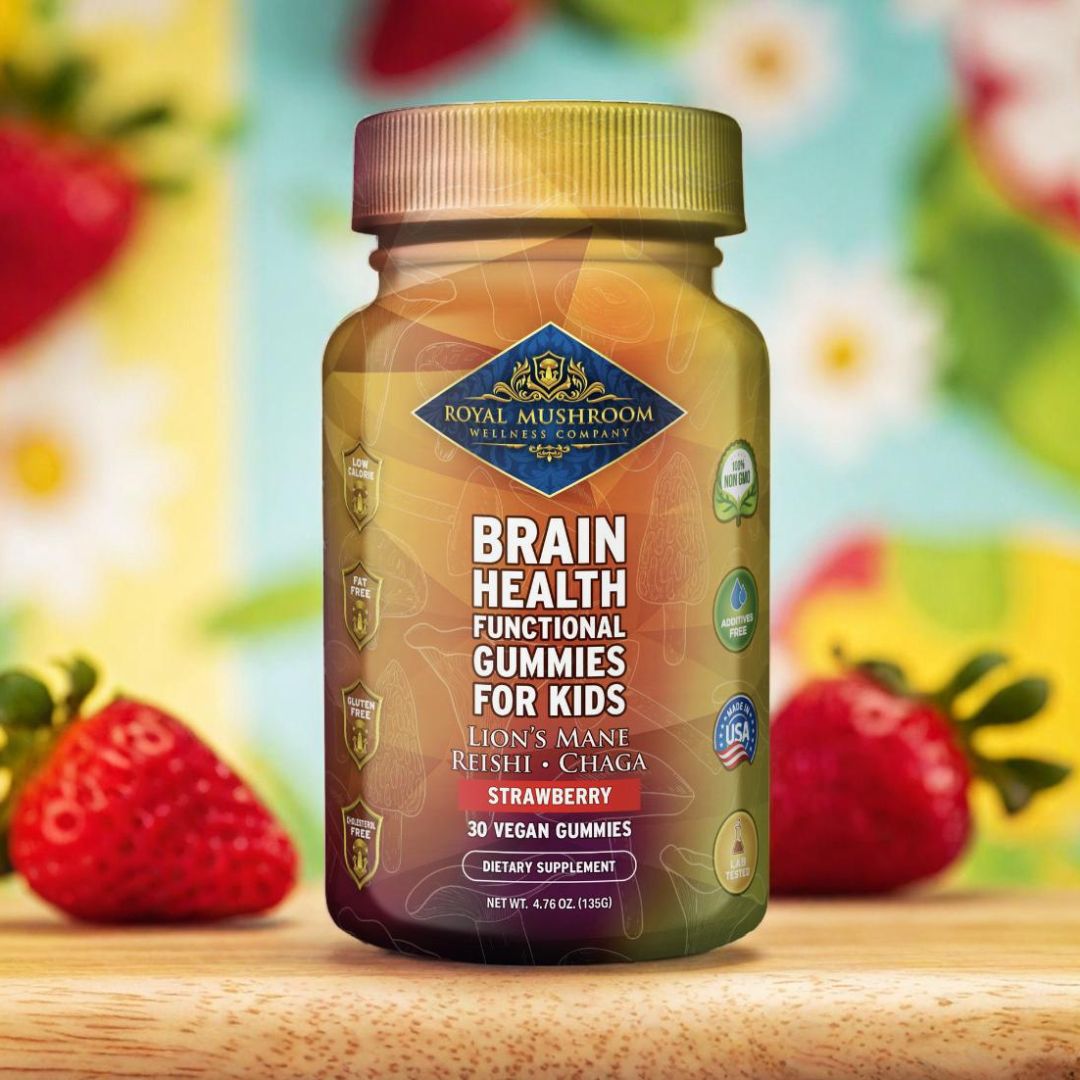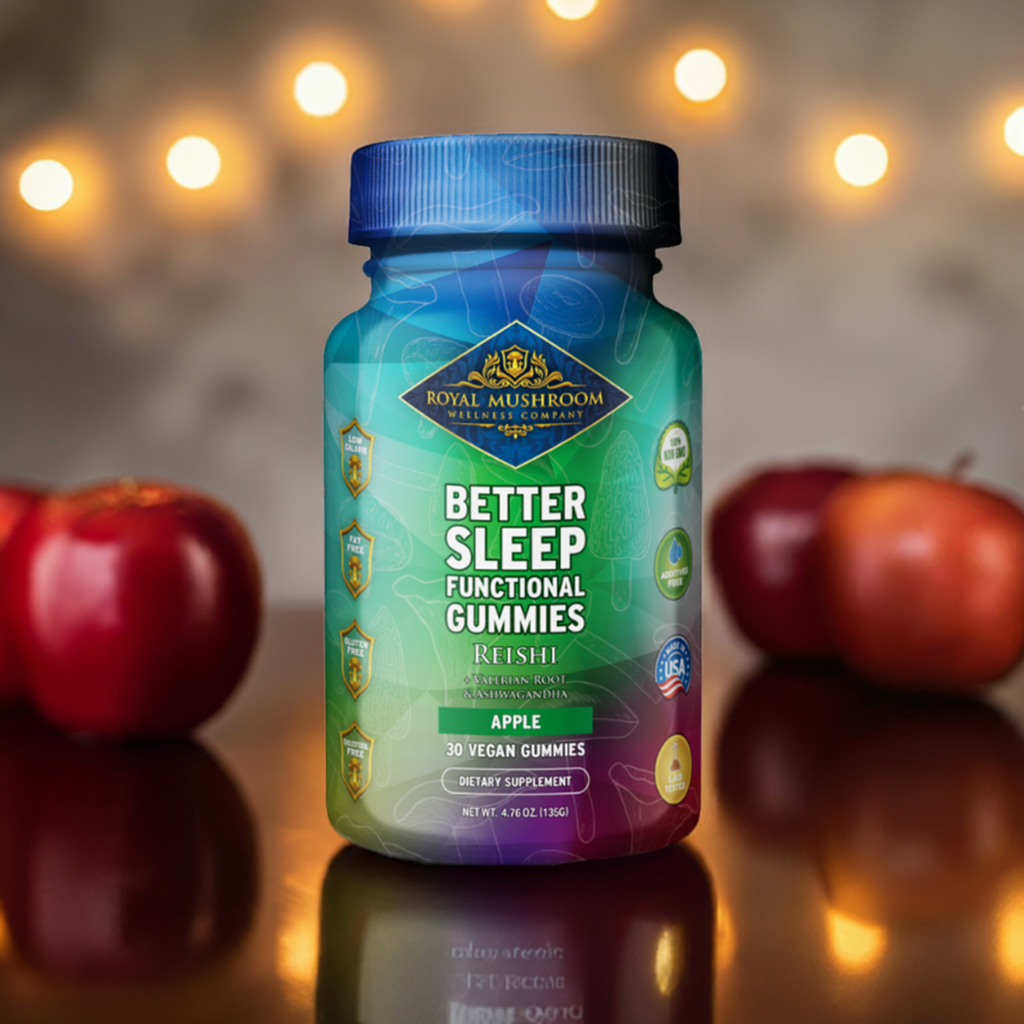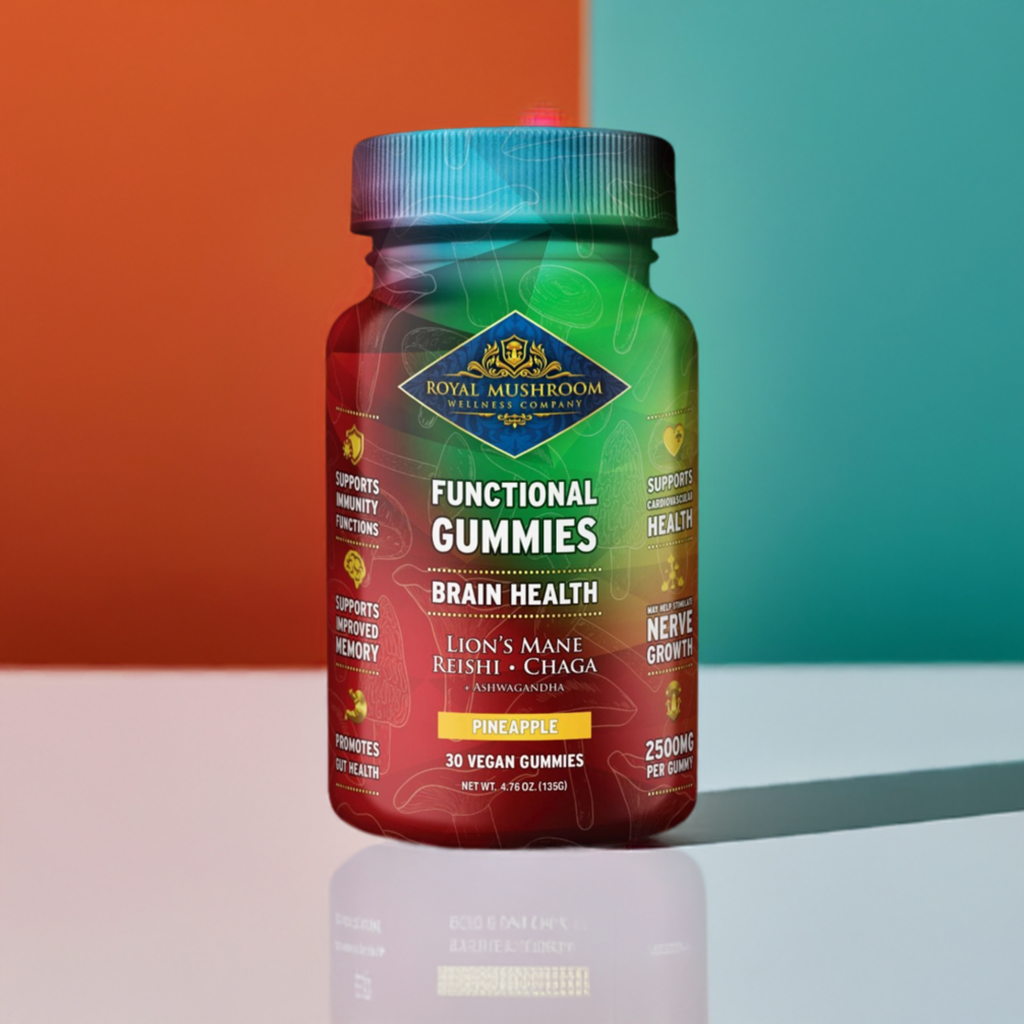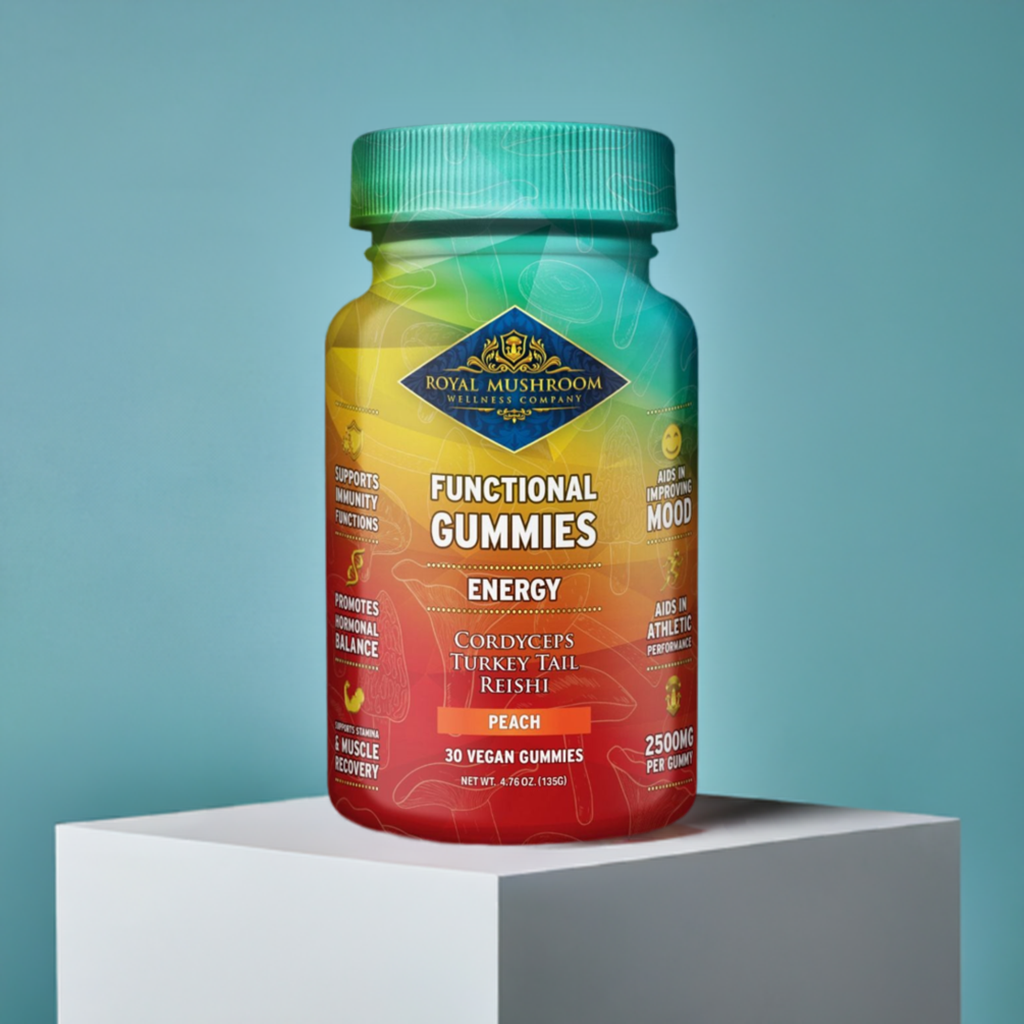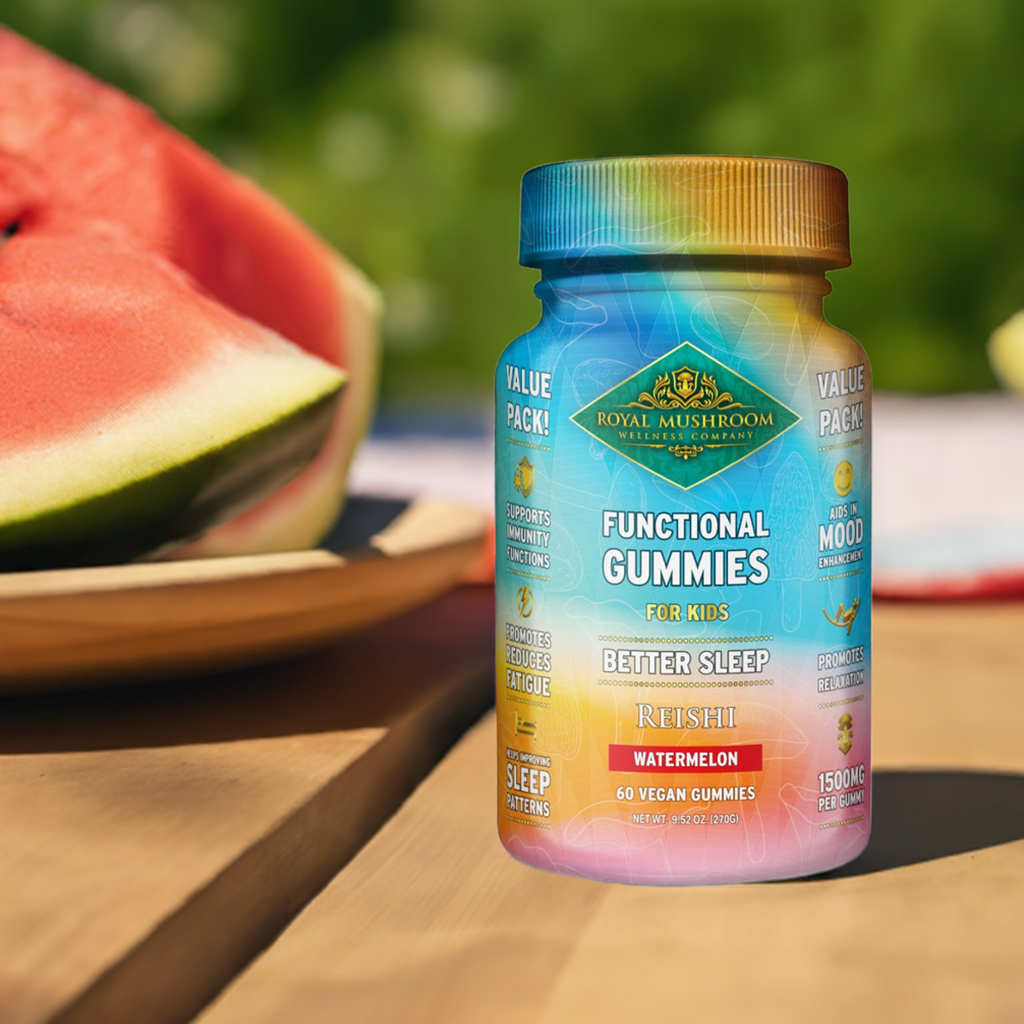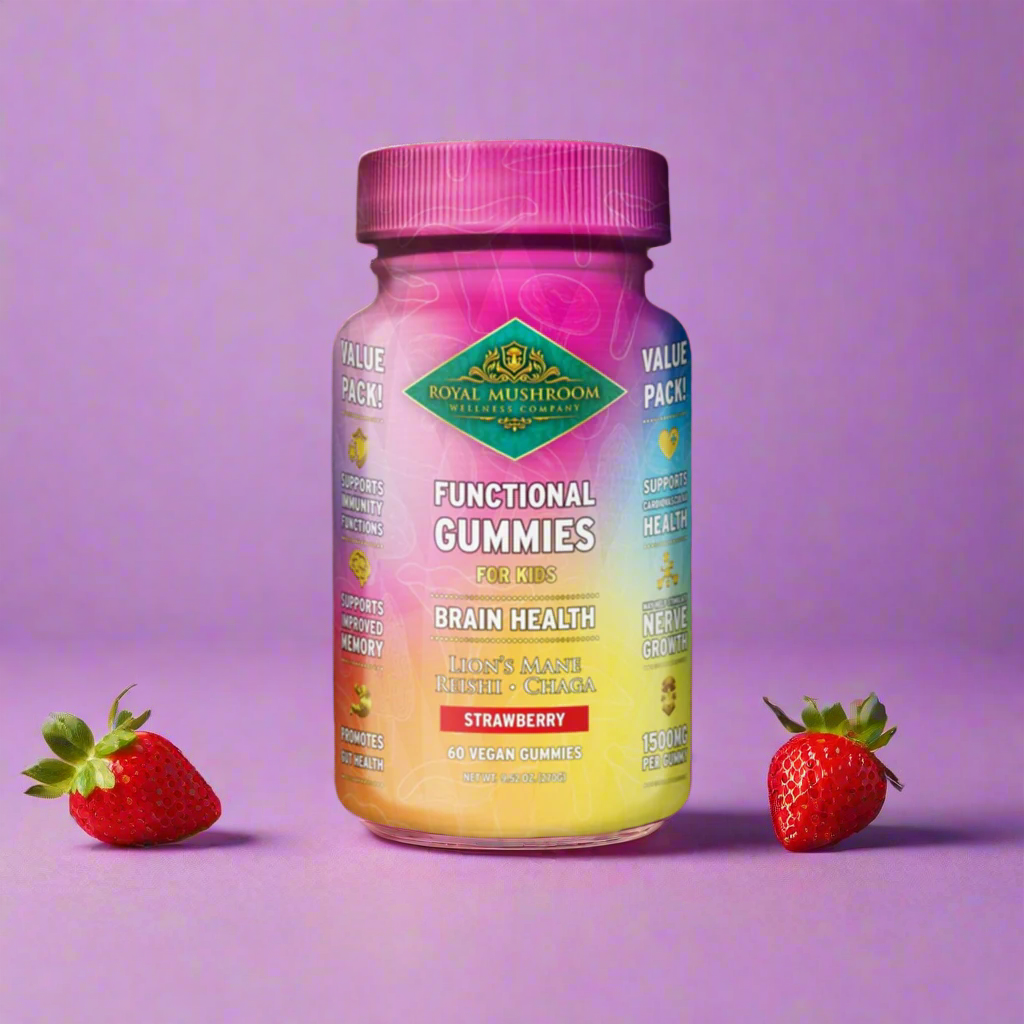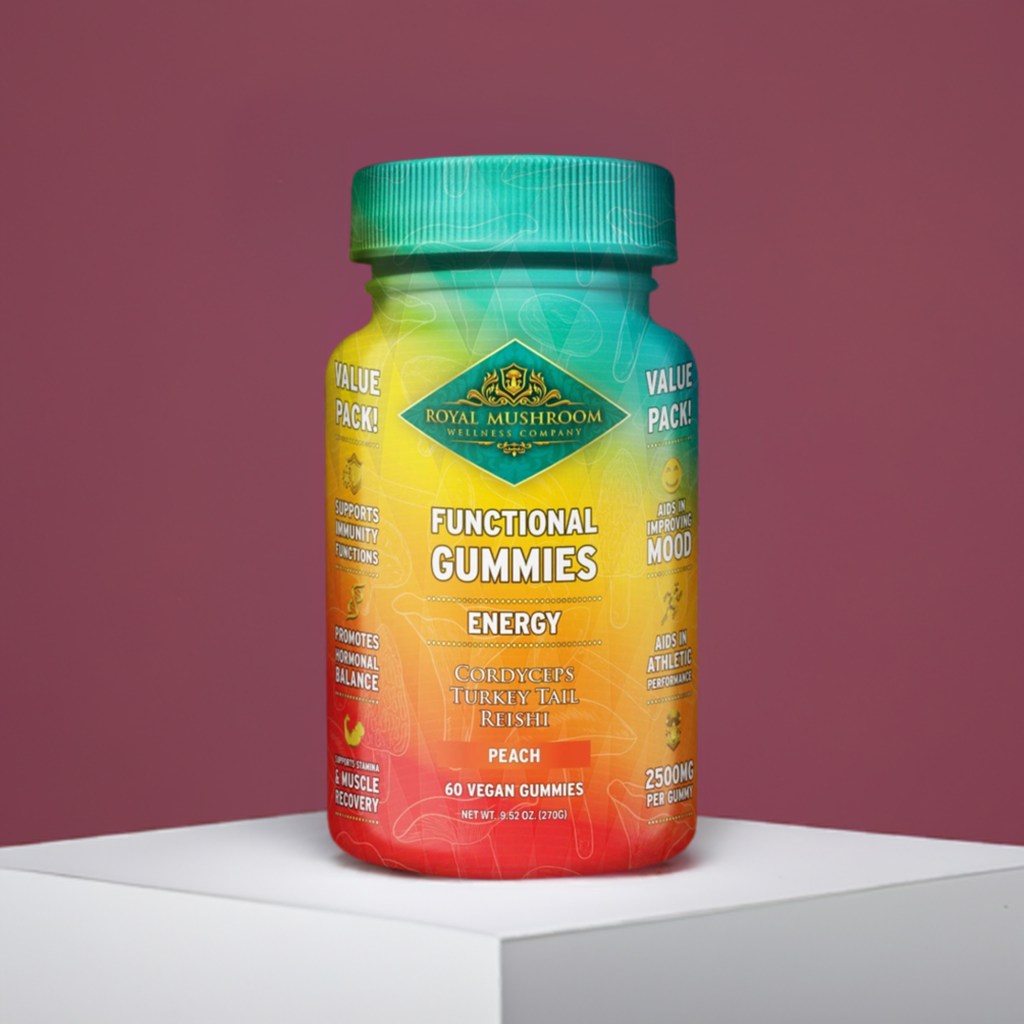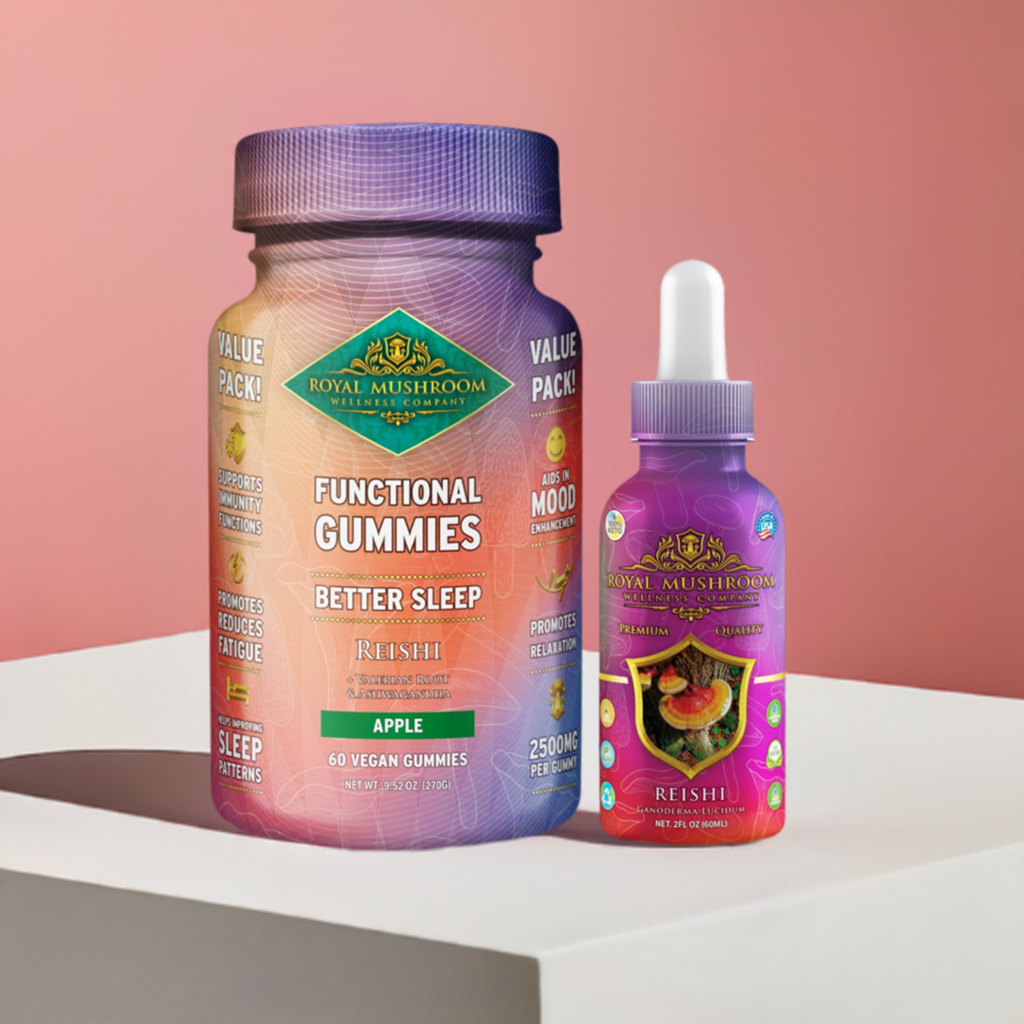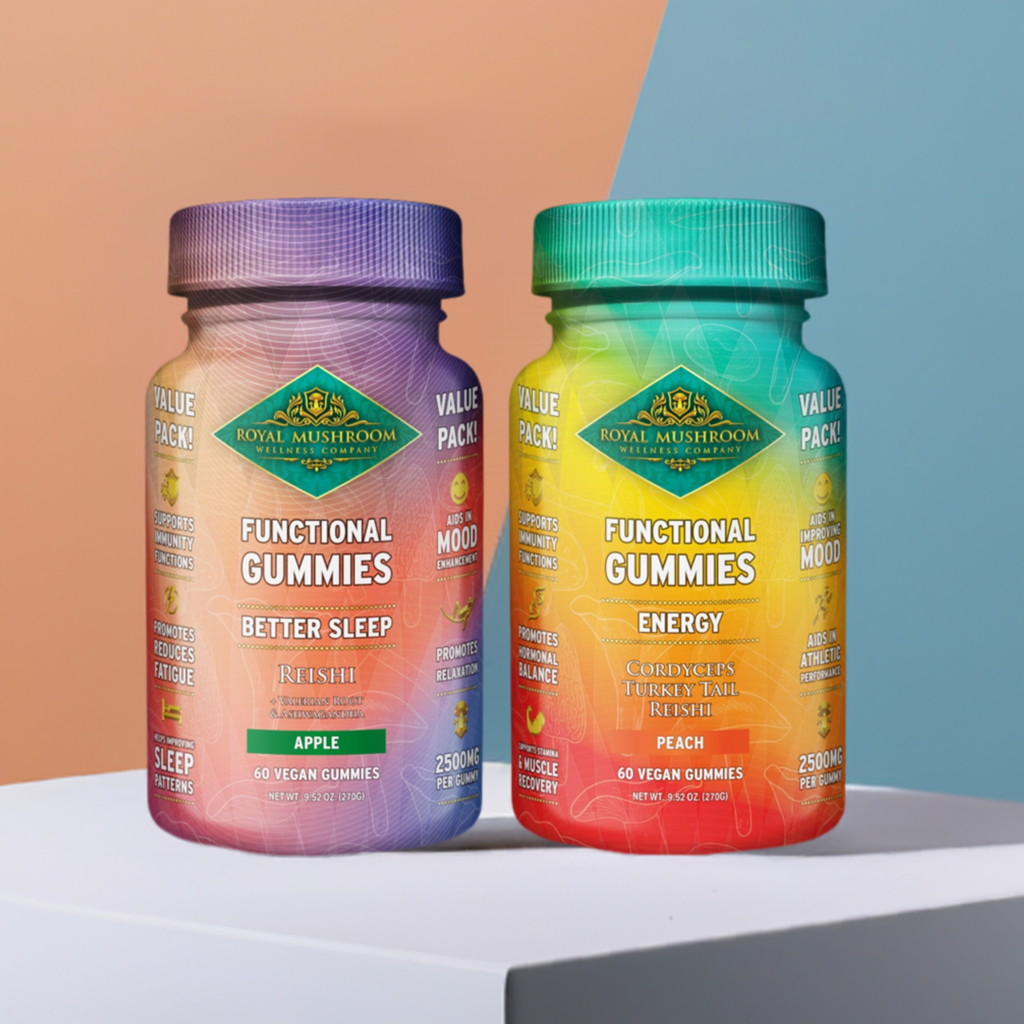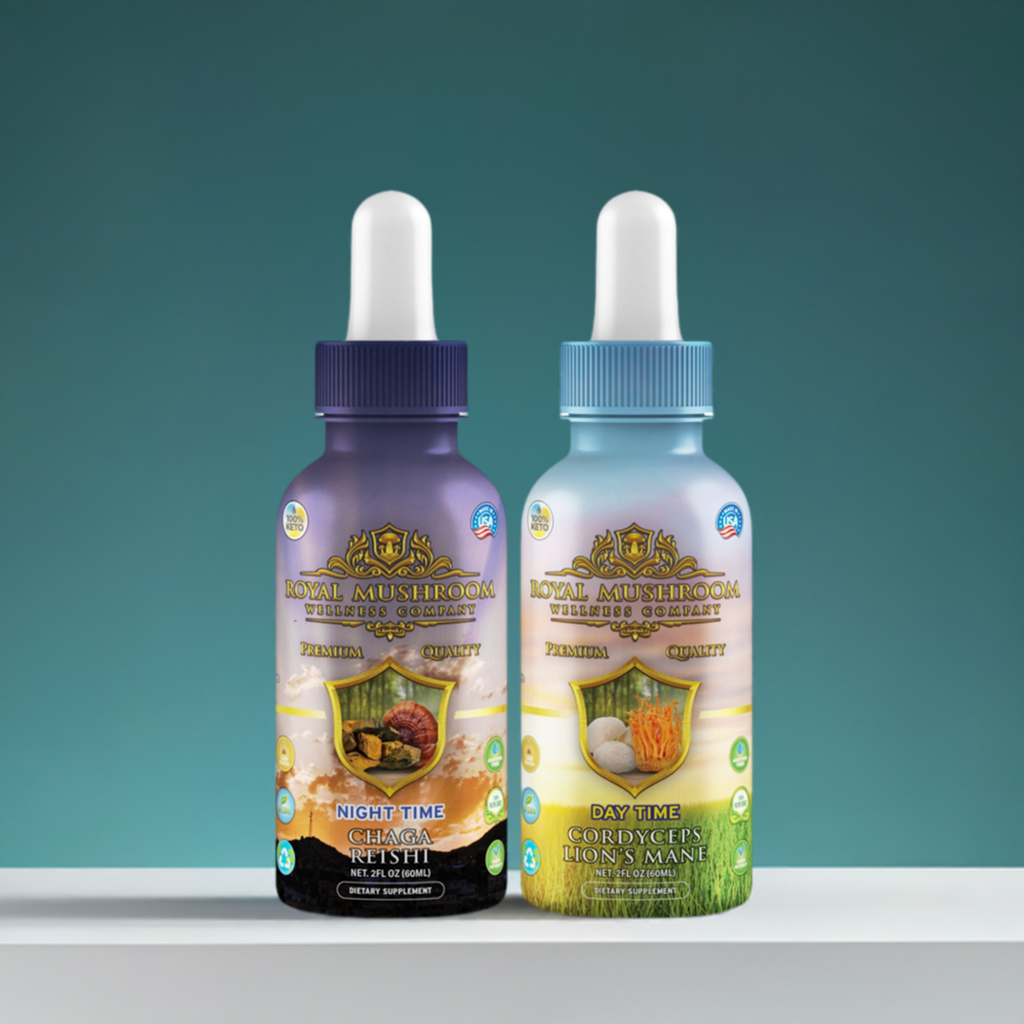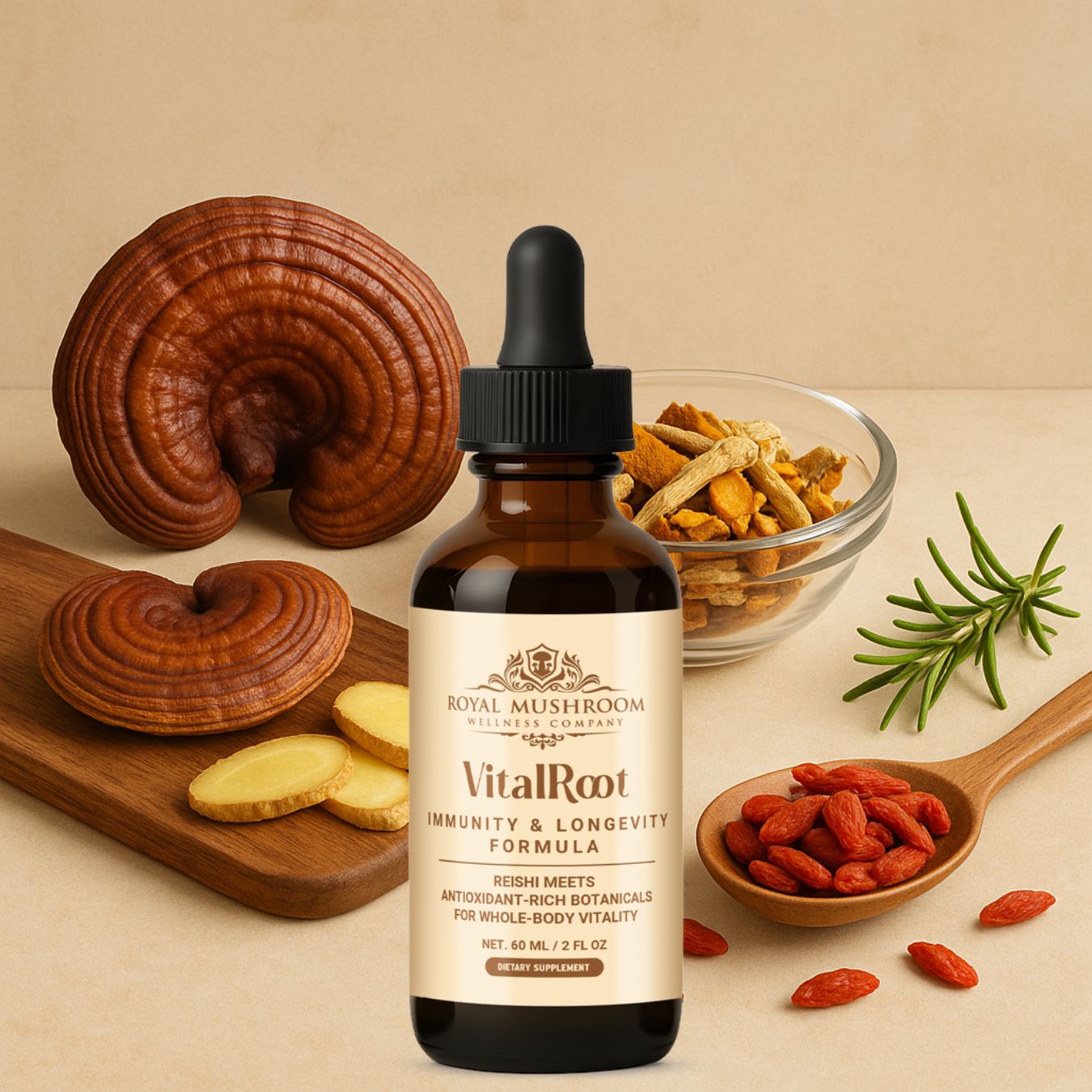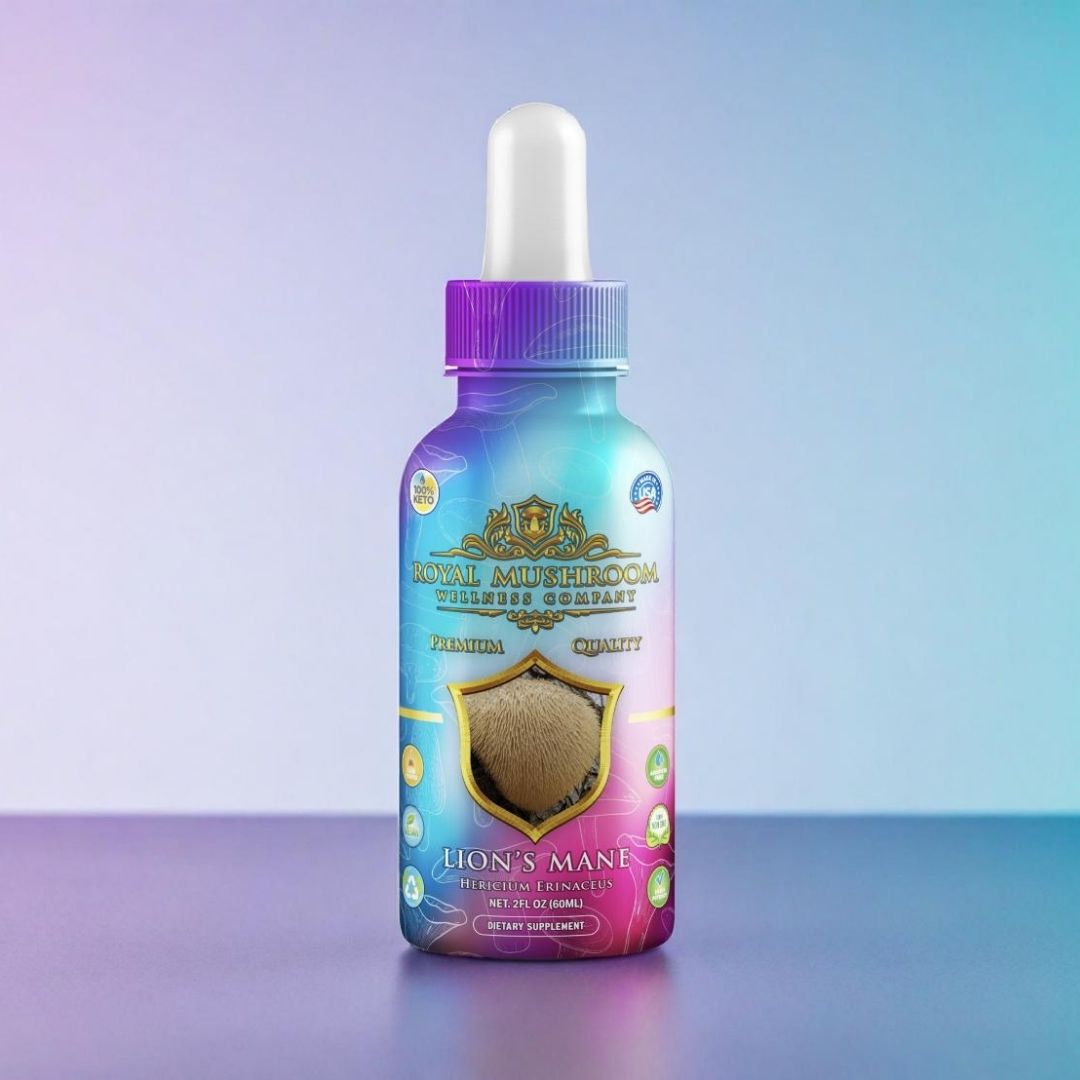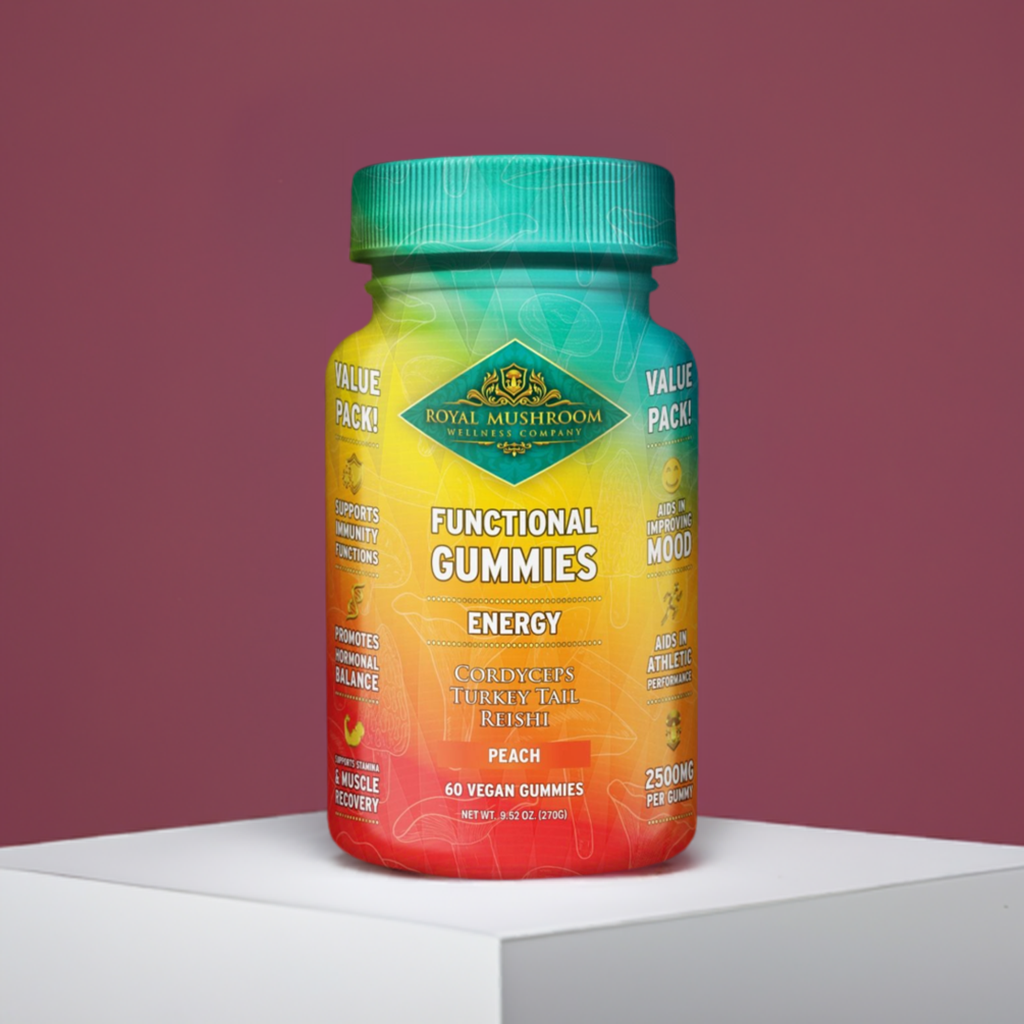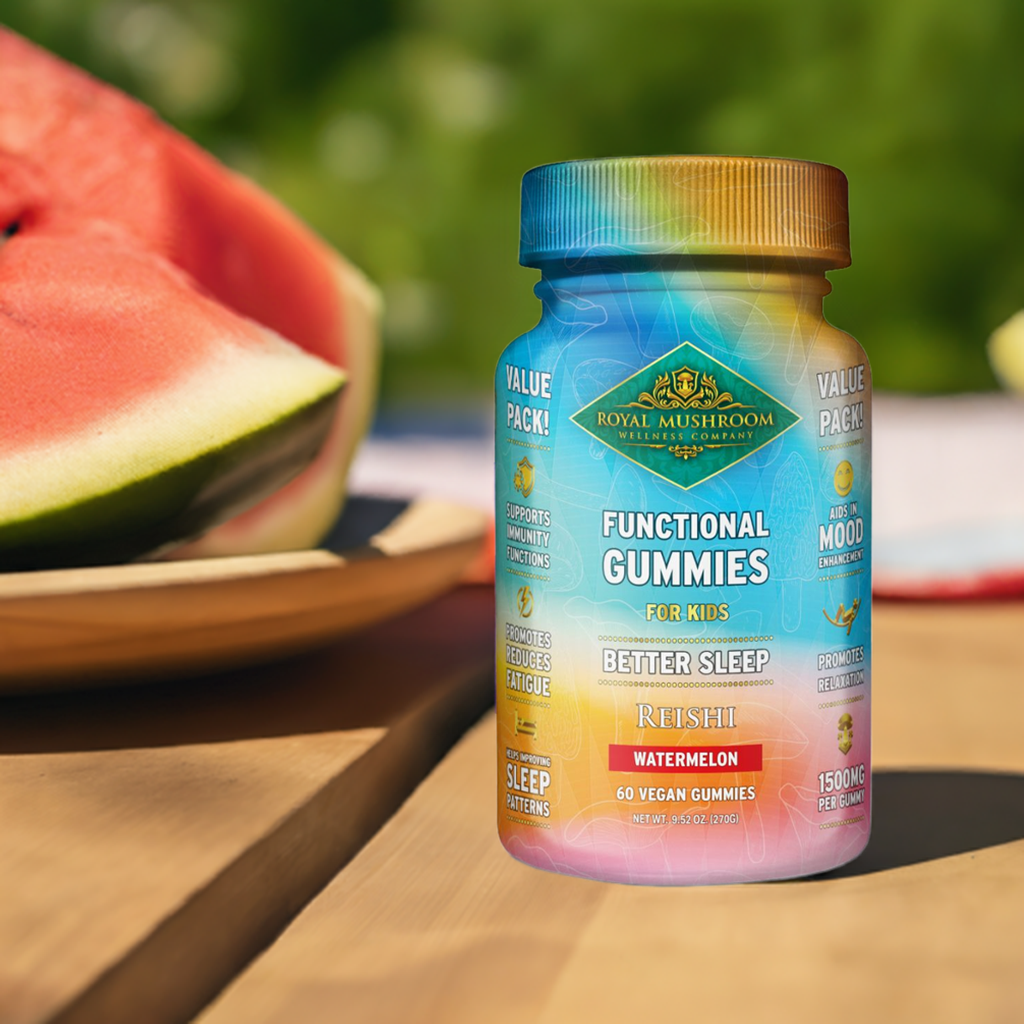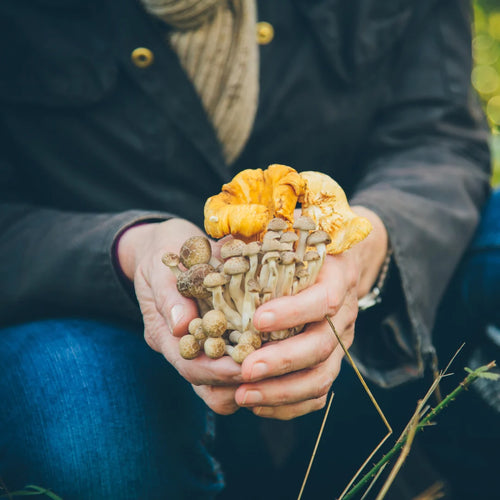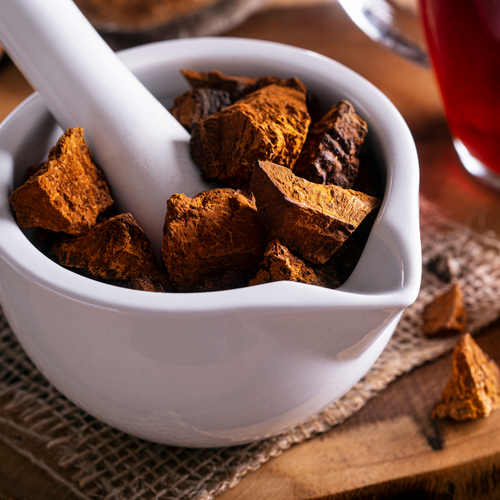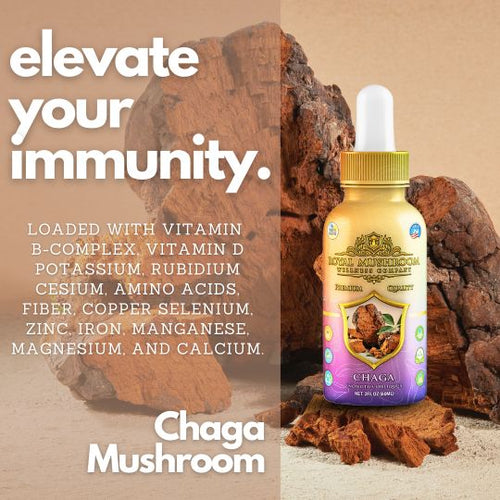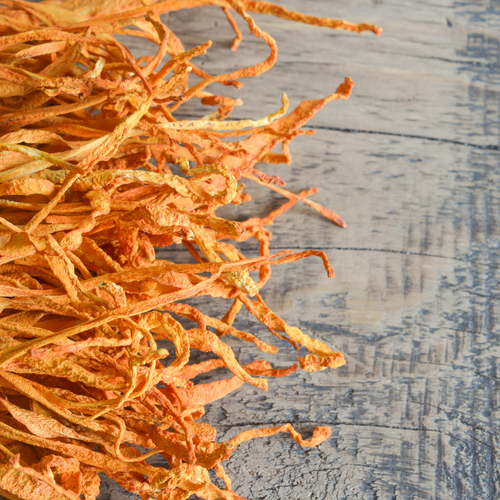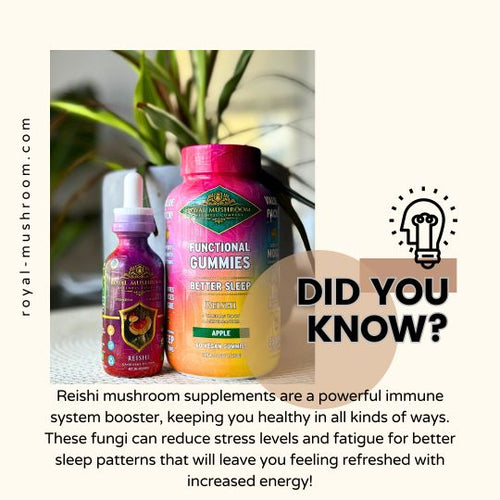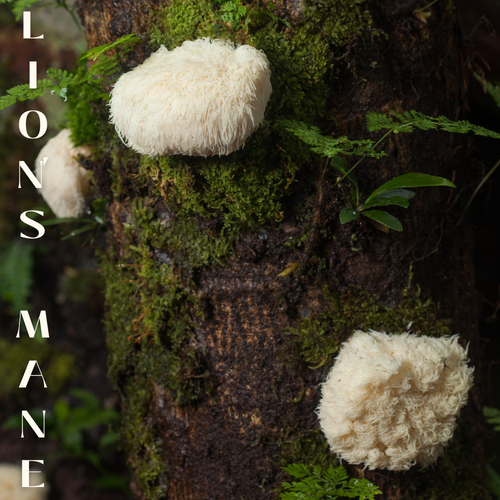What Is Reishi (Ganoderma lucidum)?
Reishi—also called Lingzhi or “the mushroom of immortality”—is a glossy, kidney-shaped fungus that grows on hardwoods and has been used in East Asian medicine for more than 2,000 years. Its bio-actives live in both the fruiting body and the mycelium, but the concentration of triterpenes and beta-glucans is typically higher in the fruiting body, which is why most top reishi supplements now specify “organic fruiting body” on the label.
Key takeaways
- Species: Ganoderma lucidum (plus close relatives often sold as reishi)
-
Active compounds: beta-glucans, ganoderic acids, antioxidant polysaccharides -
Forms: powder, dual-extracted tincture, hot-water tea, gummies, capsules
Science-Backed Reishi Mushroom Benefits
| Benefit | Mechanism | Best-studied Dose | Notable Study |
|---|---|---|---|
| Immune boosting | Activates NLRP3 inflammasome & phagocytes | 500 – 1,000 mg extract | 2025 murine EPS study PubMed |
| Anti-inflammatory & skin health | LZ-8 protein increases gut Treg cells | 25 mg/kg (mouse) → 1,000 mg human equiv. | 2025 psoriasis model PubMed |
| Organ protection in sepsis | Modulates Nrf2/NF-κB, lowers cytokines | 50 mg/kg (mouse) | 2025 GL-PP2 paper PubMed |
| Cardio-respiratory fitness | Lowers HR, raises VO₂ max in humans | 1,000 mg/day | 2024 RCT on college students PubMed |
Immune-boosting mushroom
Beta-glucans in reishi prime macrophages and dendritic cells, leading to faster pathogen clearance and balanced cytokine output. That makes reishi a popular adaptogenic mushroom for stress-related immune dips and seasonal sniffles.
Anti-fatigue & sleep quality
Clinically, 1–3 g of reishi powder taken at night improved sleep latency and subjective calm, likely via GABA-ergic modulation. Users often stack it with magnesium or glycine for deeper rest.
Heart-health potential
Early data show reishi may lower LDL and blood pressure, but results are mixed; use it as an adjunct, not a replacement for proven interventions.
Tip: Pair reishi with vitamin C-rich foods; acidic pH may increase triterpene absorption.
Optimal Reishi Dosage & Best Time to Take It
| Form | Typical Range (mg/day) | Best Time | Notes |
|---|---|---|---|
| Gummies | 1,500 – 3,000 | Morning with food | Baseline immunity |
| Gummies | 500 – 1,000 | Evening for sleep | Standardized beta-glucans |
| Dual-extract tincture | 2 – 4 mL | Split doses | Higher triterpenes |
| Reishi coffee | 3–5 g dried chips simmered 30 min | Night | Calming adaptogen |
| High-dose protocols* | 3,000 – 9,000 | Under MD care | Cancer-support adjunct |
*High-dose reishi risks include dizziness, gastrointestinal upset, and rare liver enzyme elevations.
Timing hacks
-
For insomnia: 2ml extract 60 min before bed improved sleep quality in small open-label trials.
-
For workout recovery: 500 mg immediately post-training may blunt excess cortisol.
-
Best time to take reishi overall? Split AM/PM dosing to maintain steady beta-glucan levels—unless your primary goal is sleep, in which case load in the evening.
Reishi Mushroom Side-Effects & Safety
Most people tolerate reishi well, but high-dose reishi side effects can appear after 6–8 weeks:
-
Dizziness and dry mouth
-
GI upset (loose stools)
-
Reishi mushroom liver toxicity – isolated case reports at >5 g/day for 3 months
-
Immune-suppression warning in transplant patients
Drug interactions
-
Blood thinners & antiplatelets – reishi slows clotting; increased bleed risk MedlinePlus
-
Antihypertensives / antidiabetics – additive effects; monitor BP and glucose
-
Pregnancy – avoid; no safety data (reishi contraindications pregnancy)
Bottom line: Stick to ≤3 g/day unless supervised, cycle 5 days on / 2 off if using long-term.
How to Choose a Quality Reishi Supplement in 2025
- Look for “organic reishi fruiting body”—not grain-grown mycelium.
- Third-party labs (USP, NSF) should verify >20 % beta-glucans.
- Dual extraction (water + ethanol) captures both polysaccharides and triterpenes.
- Transparent sourcing—farms in Washington or Jilin with soil-test reports.

Market Trends: Functional Mushrooms Are Booming
See the bar chart below: the global functional mushroom market is projected to jump from $35.74 billion (2024) to $38.88 billion (2025) and $76.35 billion by 2033, a CAGR of nearly 9 %. GlobeNewswire
Reishi and cordyceps lead category growth, and 2025 saw major retailers like M&S launch reishi shots in their ready-to-drink coolers—proof that adaptogenic mushroom blends have left niche health stores and gone mainstream.
Reishi FAQ (Schema-Ready)
Is it safe to take reishi every day?
Up to 3 g of standardized powder appears safe for most adults for 60 days; monitor liver enzymes if exceeding that or stacking with hepatotoxic drugs. MedlinePlus
How long until reishi benefits kick in?
Sleep and stress effects often appear within two weeks; immune markers like NK-cell activity may take 4–6 weeks.
Best time to take reishi for sleep?
An hour before bed, 500–1,000 mg of dual extract or one cup of reishi tea maximizes GABAergic relaxation.
TL;DR
Reishi is more than wellness hype—it’s an immune-boosting, adaptogenic mushroom with promising data in inflammation, organ protection, and stress resilience. Keep doses sensible, watch for reishi mushroom side effects, and buy lab-tested, fruiting-body extracts to reap the full Ganoderma lucidum benefits in 2025 and beyond.




